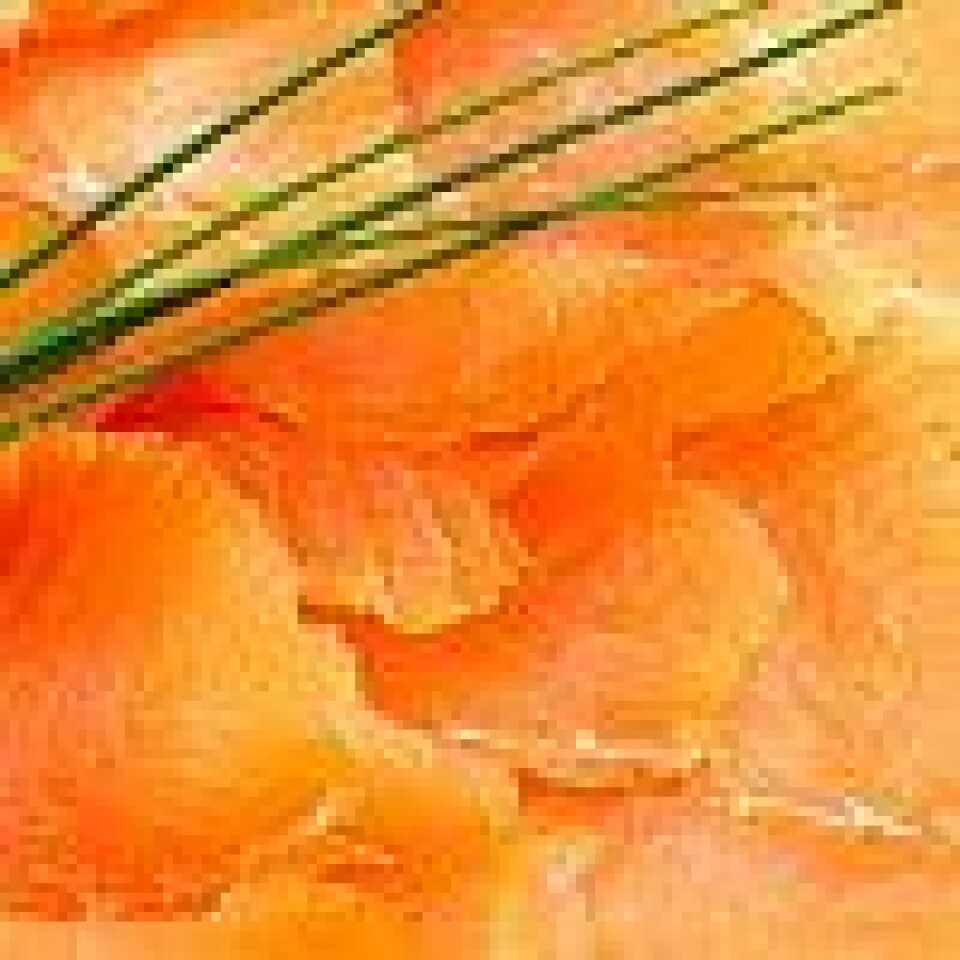
Salmon tops BC seafood poll
In the run-up to Valentine Day, journalist Gordon McIntyre of The Province newspaper released the results of a Mustel Group poll that asked thousands of British Columbians about their seafood consumption habits:
In conjunction with Heart Month in Canada and Valentine’s Day, Coast Fresh and the Heart and Stroke Foundation, in partnership with The Province, commissioned the Mustel Group to poll B.C. residents to see what they’re doing to have heart-smart diets. Cupid, after all, can only do so much if your heart isn’t healthy. When you and your sweetie head out for Valentine’s Day dinner, there’s no need to ignore your ticker while hordes of Hallmark hearts flood the landscape. Salmon can fill your belly and boost your circulatory organ at the same time, as study after study has shown.
Eight in 10 B.C. residents believe they have at least a basic understanding of the term heart-healthy diet, according to a recent poll, but most people actually fall quite a bit short of what Canada’s Food Guide recommends when it comes to servings of fish — that’s two times a week, whereas poll respondents said they have salmon 2.6 times a month, and other fresh or frozen fish only 1.9 times a month.
Salmon, rich in protein, is also full of good fat that reduces the risk of cardiovascular disease and helps the nervous system work properly in adults, and that promotes good vision and brain development in infants, as well as in the womb, according to studies.
And salmon is versatile. It can be prepared and presented in so many ways. “One healthy way to make salmon comes immediately to mind,” said Dennis Stubbs, lead chef at the Poor Italian Trattoria Ristorante in East Vancouver. “Throw some salmon on the grill to get grill marks, then throw it in the oven and bake it. “There’s no fat, no oil, the only fat you get is the good fat that’s in omega-3. “There’s so much you can actually do. You can make a salad, add it to pasta, you can stuff it. There are so many ways to enhance the flavour with low-fat, low-calorie sauces like a nice citrus salsa and a little olive oil. Let it marinate overnight, add some peppers and cucumbers … you’ve got a nice little meal.”
Studies have shown that people who eat the recommended amount of oily fish and get enough omega-3 fatty acids have a lower risk of heart attacks, strokes, cancer, Alzheimer’s, auto-immune diseases and depression, said Patricia Chuey, a Vancouver dietitian. People rely on chicken as a protein source multiple times a week, she added, recommending they adjust this to include salmon. “I wish the terminology out there was more about a heart-healthy way of eating or lifestyle because the term ‘diet’ often implies a difficult-to-follow, restrictive plan, when really a heart-healthy eating style can still be rich in ‘deliciousness,’ ” Chuey said. “I’d like to see the people of B.C. and Canadians in general including much more salmon in their meals — at least twice a week.” Heart healthy omega-3 fatty acids include fats called ALA, EPA and DHA, she said. “Among a limited number of foods that are especially rich in these good fats, oily fish like salmon are one of the easiest and tastiest ways to meet our requirements.”
Another finding of the poll is that salmon is by far respondents’ favourite seafood (41 per cent made salmon No. 1), followed by halibut (17 per cent) and shrimp or prawns (15 per cent). Taste (61 per cent) was the main reason given for eating fish, followed by health properties (34 per cent).
“In B.C., we’re lucky to have access to fresh salmon year-round — Pacific salmon in-season, farmed Atlantic salmon, steelhead, Coho and Chinook in winter” — said Jeremy Dunn, executive director of the B.C. Salmon Farmers Association. “It’s great to see B.C. loves salmon and that B.C. loves fresh salmon,” Dunn said. “Freshness and cost were the two main determinants when people purchase salmon, so that’s key.”
The Mustel Group polled 5,500 B.C. residents between Jan. 30 and Feb. 5, with a margin of error of plus/minus 4.5 per cent. “My sense is people have heard the term heart-healthy diet, but aren’t really good at understanding what it means,” Mustel said. “People like to think they have a healthy lifestyle, they report high levels of healthy behaviour, but only 36 per cent said they have a very good understanding, so I’d say there’s an information gap.”
Some findings from the poll:
-- 49 per cent believe they make heart-healthy choices when they dine out, increasing to 58 per cent for those aged 55 and older;
-- Compared with salmon (eaten 2.6 times a month) and other fresh or frozen fish (1.9 times/month), people said they ate shrimp or prawns 1.6 times a month, and lobster or crab 0.4 times a month;
-- Women, people 55 or older, and those with post-secondary education were more inclined to feel knowledgeable about what a heart-healthy diet entails;
-- 90 per cent said they try to avoid unhealthy fats and highly-processed food;
-- 83 per cent said they regularly eat nuts, 50 per cent regularly eat seeds and 45 per cent regularly eat avocados.






















































